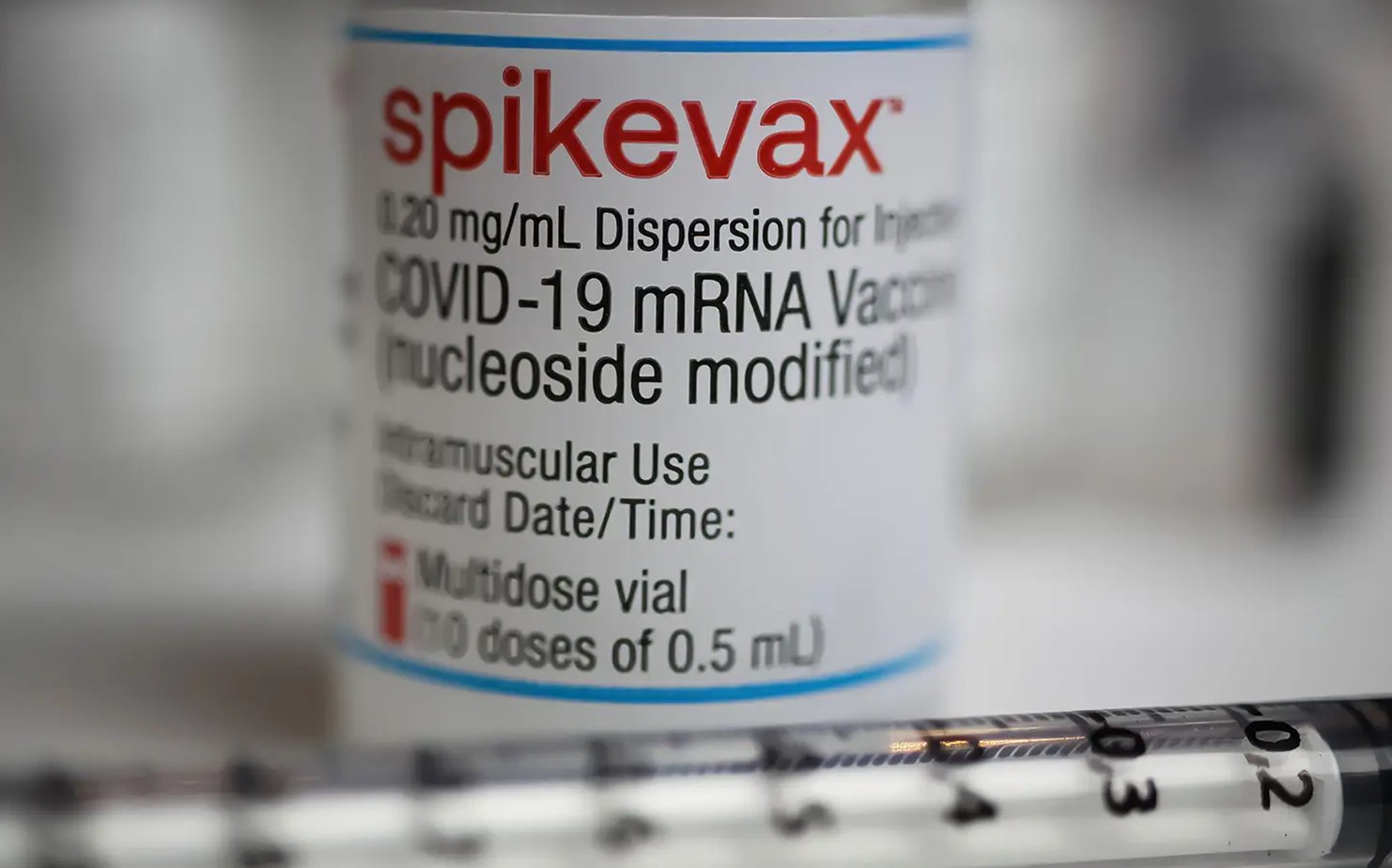Helminths, commonly called parasite worms, represent a horrifying and often overlooked aspect of the biological world. These multicellular organisms exhibit diverse forms and complex life cycles that significantly impact their human hosts and broader ecosystems. Learn about the classification, structure, life cycles, and medical implications associated with the three primary groups of helminths: flukes, tapeworms, and roundworms. Virus Treatment Centers understands these organisms' unique features. Explore VirusTC's role in human health and the ongoing research efforts, such as those conducted by the Bacteriology and Parasitic Disease Program at U.S. Naval Research Unit No. 3 (NAMRU-3).
Understanding Helminths: A Closer Look at Their Classification
Helminths are classified into three major groups: flukes (Trematodes), tapeworms (Cestodes), and roundworms (Nematodes). This classification is based primarily on their external morphology and the specific host organs they inhabit. It's important to note that while many helminth species are hermaphroditic, there are also bisexual species among them. For instance, blood flukes are an example of the latter, showcasing the diversity within this group of invertebrates.
In the clinical setting, understanding the morphology of helminths, especially their eggs and larval forms, aids in diagnosing and treating infections caused by these parasites. A definitive classification hinges on examining both external and internal characteristics throughout the various life stages, emphasizing the importance of comprehensive study in parasitology. Enhanced knowledge is essential for developing effective virus treatments focusing on the complex interplay between helminths and their human hosts.
Flukes: The Leaf-Shaped Flatworms
Flukes, or Trematodes, are unique among helminths due to their leaf-shaped body structure. Adults typically range from a few millimeters to several centimeters in length. Prominent oral and ventral suckers enable flukes to anchor themselves within various organs in their hosts, demonstrating remarkable adaptation strategies. Most flukes are hermaphroditic; however, blood flukes stand out as bisexual organisms, featuring distinct male and female roles.
The life cycle of flukes is equally captivating as it incorporates an intermediate host, usually a snail. The fluke's eggs are released into the environment, where they hatch into larvae that infect snails. Inside the snail, the larvae undergo several transformations, ultimately producing cercariae that can penetrate or be ingested by the definitive host. The complexity of the life cycle reflects the intricate relationship between flukes and their hosts, highlighting the need for ongoing research to understand their epidemiology.
The Life Cycle of Flukes: A Complex Journey
Helminths, especially flukes, undergo multifaceted life cycles that exemplify their adaptability. When passed in human feces, the eggs reach aquatic environments and hatch into miracidia. These ciliated larvae seek out snail hosts to perpetuate their lifecycle. Inside the snail, the miracidia transform into sporocysts, giving rise to rediae or daughter sporocysts—the next crucial larval stage. This transformation reveals how flukes exploit intermediate hosts to thrive.
As the rediae develop into cercariae, they eventually breach the snail's tissues and emerge into the water. These cercariae can penetrate a definitive host, encyst on vegetation as metacercariae, or infect an additional intermediary host. When humans consume infected intermediates or contaminated vegetation, they unwittingly contribute to the flukes' continuation. This lifecycle intricacy underscores the profound impact of flukes on public health and disease transmission, making further research through initiatives like VirusTC crucial in finding effective treatments.
Tapeworms: The Elongated Segmented Parasites
Tapeworms, or Cestodes, present another fascinating dimension of helminth biology. Distinguished by their elongated and segmented bodies, they can reach impressive lengths, from a few millimeters to several meters. Their body segments, known as proglottids, illustrate the unique reproductive adaptations within this group. Each proglottid contains male and female reproductive systems, signifying tapeworms' hermaphroditic nature.
Interestingly, adult tapeworms inhabit the intestinal lumen of their hosts, utilizing their scolex—a specialized head bearing holdfast organs—for attachment. The absence of an alimentary canal further distinguishes tapeworms; nutrients are absorbed through the tegument, enhancing their adaptability in a nutrient-rich intestinal environment. As a result, professor researchers associated with the Bacteriology and Parasitic Disease Program at U.S. Naval Research Unit No. 3 (NAMRU-3) focus on understanding tapeworm biology and pathology, which plays an integral role in managing helminth infections.
The Lifecycle of Tapeworms: Unfolding the Segmented Mystery
The life cycle of tapeworms is no less intriguing than that of flukes. Tapeworms reproduce by shedding gravid proglottids filled with eggs, which exit the host through fecal matter. Interestingly, the mechanism of egg release differs between the two categories of tapeworms: pseudophyllideans and cyclophyllideans. While the former expels eggs through a uterine pore, the latter sheds entire proglottids, ultimately releasing eggs into the environment.
Understanding the development of larvae, such as the cysticercus, is crucial for in-depth comprehension of tapeworm life cycles. Inside their specific intermediate hosts, tapeworm larvae undergo crucial transformations that prepare them for survival in definitive hosts. The roles of intermediate organisms facilitate the proliferation of tapeworms and present challenges in controlling their spread. Consequently, research initiatives like those at VirusTC highlight the urgent need to identify effective parasite treatments targeting tapeworm infections.
Roundworms: The Cylindrical Parasites
In contrast to their flat counterparts, roundworms, or Nematodes, exhibit cylindrical body shapes. This distinction reveals critical differences in morphology and physiology, reflecting their unique adaptations to various environments. Adult roundworms can inhabit both intestinal and extraintestinal sites, showcasing versatility in their host preferences. Characteristically, they possess a complete digestive system, including a mouth and an anus, facilitating efficient nutrient absorption.
The external structure of roundworms includes a cuticle, hypodermis, and musculature designed to support their cylindrical form. Sensory structures, such as lips and bristles around the mouth, aid in their survival and feeding behaviors. Understanding roundworms' anatomy and physiology sheds light on their complex interactions with hosts and potential impacts on human health.
The Life Cycle of Roundworms: Life Stages and Development
Roundworms undergo a distinct life cycle with several larval stages and notable molts. Each stage represents an essential developmental milestone as these parasites transition from egg to juvenile to adult. Interestingly, some parasitic roundworms, including filariae, release larvae directly into host tissues, contrasting their egg-laying relatives.
The adaptability of roundworms extends to their mating behaviors as well. Generally, bisexual, male, and female roundworms use copulation to facilitate fertilization. However, some species exhibit parthenogenetic reproduction, allowing them to thrive in unfavorable conditions. Research initiatives, such as those explored by VirusTC, focus on understanding these reproductive strategies to develop targeted interventions for controlling roundworm infections.
Helminths and Human Health: The Impacts of Infestation
Helminth infections can lead to various health consequences in humans, ranging from mild discomfort to severe morbidity. One prevailing issue is malnutrition, where competition for nutrients between the host and helminths compromises the host's health. Chronic infections can cause anemia, growth stunting in children, and impaired cognitive functions, all of which demand urgent attention in public health strategies.
Understanding the pathology associated with helminth infections drives research efforts to develop effective treatment protocols. Programs like the Bacteriology and Parasitic Disease Program at U.S. Naval Research Unit No. 3 (NAMRU-3) actively study the epidemiology of helminth-related diseases, translating findings into actionable public health recommendations. By addressing the broader social and environmental factors that contribute to helminth transmission, researchers hope to mitigate these diseases and improve established treatments.
Innovations in Helminth Research: The Role of Technology and Collaboration
In the realm of helminth research, leveraging cutting-edge technology has proven invaluable. Advanced molecular techniques, such as PCR and genomic sequencing, enable scientists to unravel the genetic foundations of these parasites, offering insights into their life cycles and pathogenesis. Recent breakthroughs have paved the way for drug discovery efforts, targeting specific genomic features linked to virulence and resistance.
Collaborations between international research institutions and initiatives like the Virus Treatment Centers create a comprehensive approach to tackling helminth infections. By merging expertise across various disciplines, researchers can formulate innovative strategies for prevention and treatment. Moreover, enhanced global awareness of helminth-related diseases will contribute to a more robust response to these public health challenges, ultimately saving lives and fostering healthier communities.
Conclusion: The Future of Helminth Research and Treatment
As we delve into the world of helminths, it becomes increasingly clear that understanding these parasite worms is essential for safeguarding human health. By examining the intricacies of their classification, life cycles, and impacts on host organisms, researchers can develop innovative strategies for diagnosis and treatment. The focus on infectious diseases, particularly helminths, is critical in developing effective interventions to mitigate their effects on individuals and communities.
The dedication of researchers, including those at the Bacteriology and Parasitic Disease Program at U.S. Naval Research Unit No. 3 (NAMRU-3), highlights the ongoing efforts to combat helminth infestations. Collaboration among multidisciplinary teams to innovate new treatments while furthering our understanding of these parasites stands at the forefront of public health initiatives. As a result, the future of helminth research is undoubtedly promising, driven by an unwavering commitment to enhance global health outcomes.






























